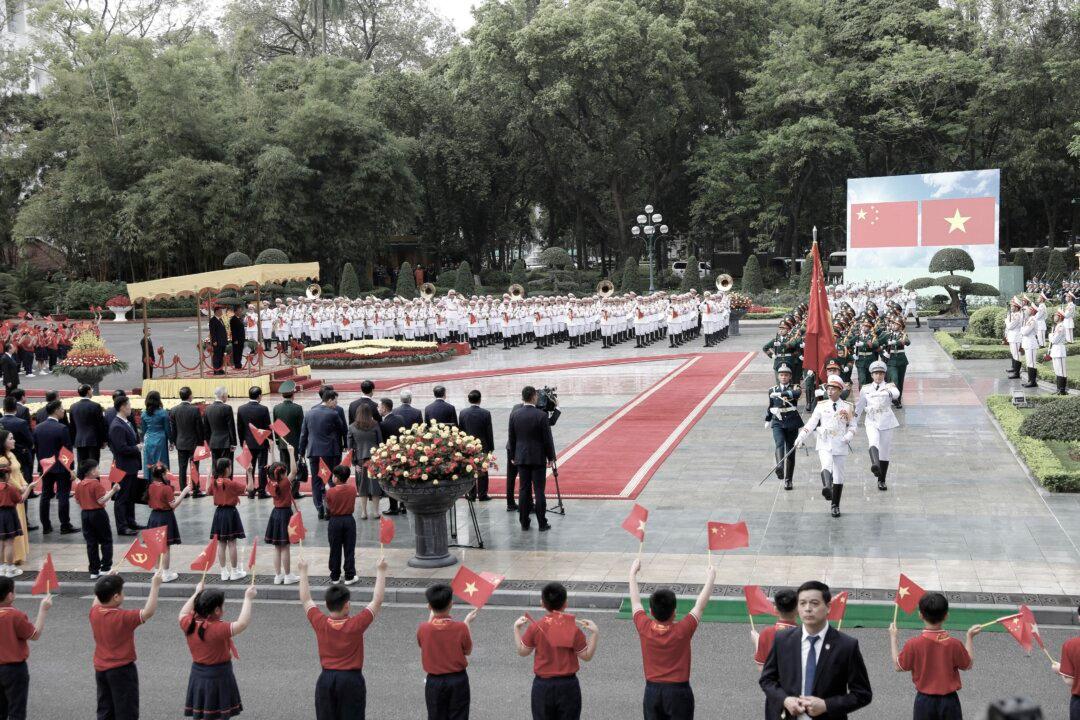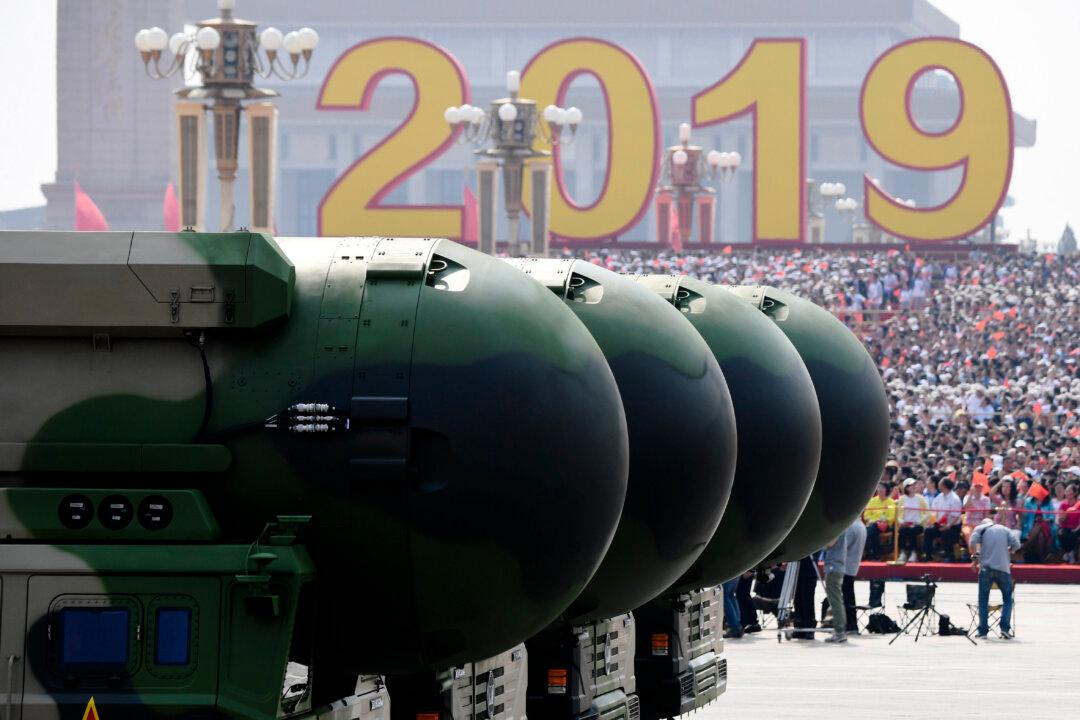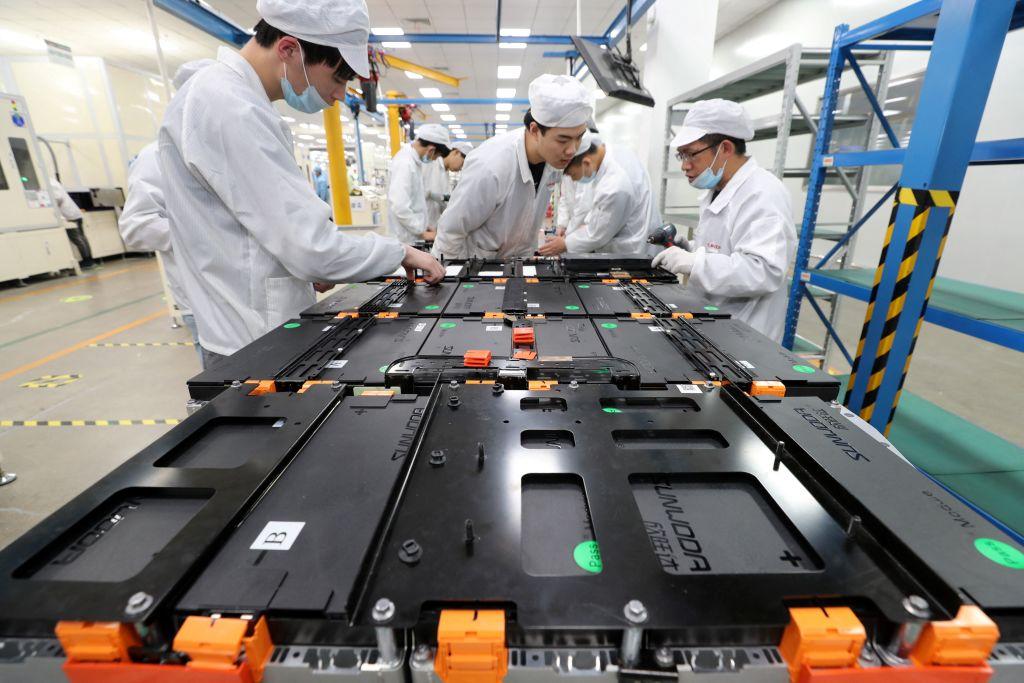News Analysis
Beijing’s recent engagements with Southeast Asian countries—including a trip by Chinese leader Xi Jinping to Vietnam, Malaysia, and Cambodia—resulted in exchanges and commitments to deepen economic cooperation. Meanwhile, efforts by the Chinese Communist Party (CCP) to find common cause with those nations against the United States’ toughening trade policies have been less successful.




